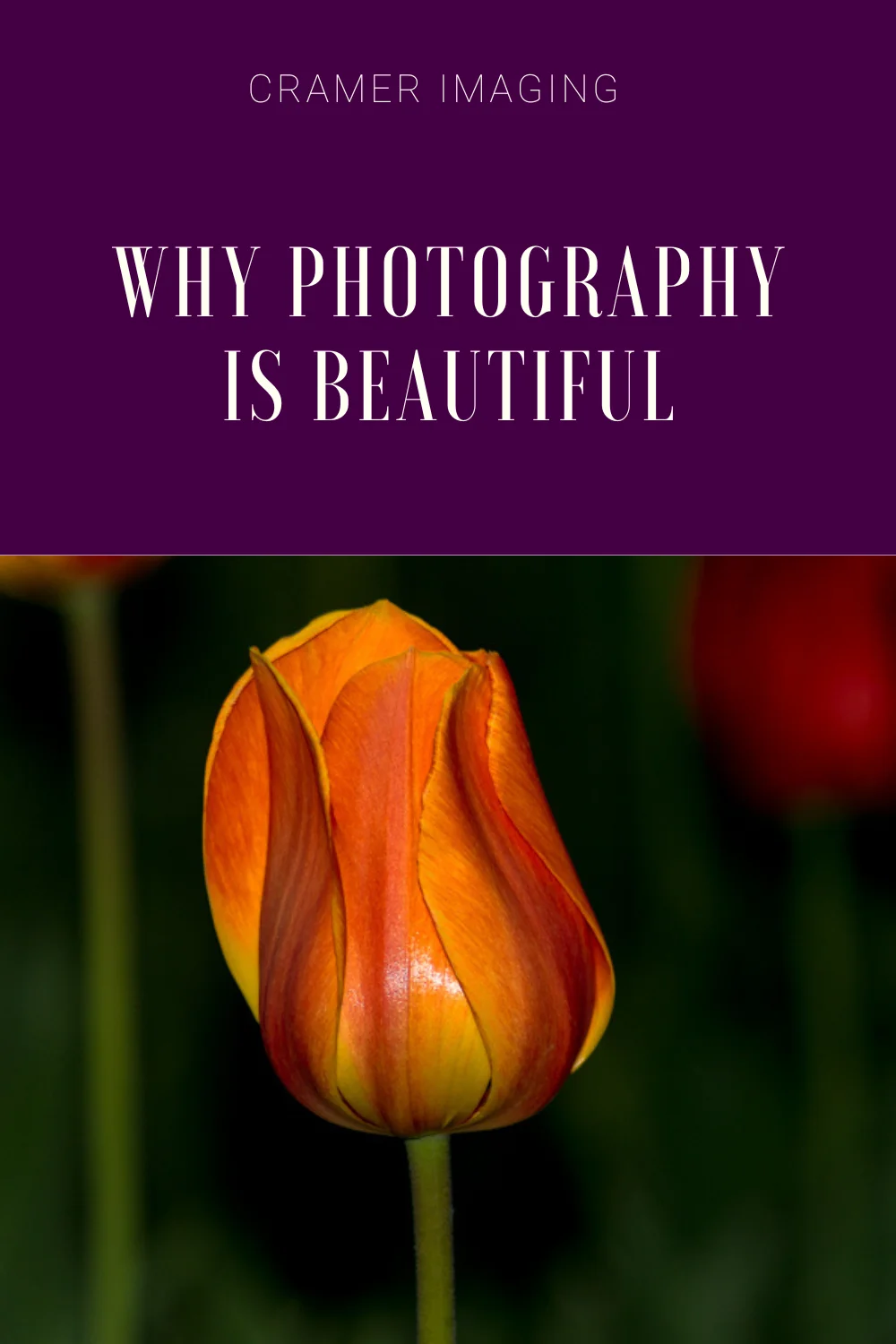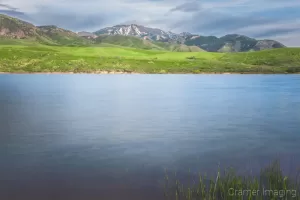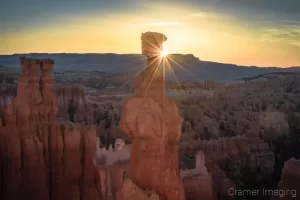Why Photography is Beautiful
Shop

- What is Beauty?
- The Neurobiology of Beauty
- Why Photography is Beautiful
In a couple of articles recently, we’ve been talking about the concept of beauty. It’s a highly subjective term which can be difficult to define concretely. However, we’ve made a brave stab at it alongside may other artists and philosophers in history. Today, we’ve going to take our efforts and apply to them to the field of photography. There, we’ll figure out how ‘beauty’ applies to photography.

Previously, we’ve defined the word ‘beauty’ as having a particular quality. This quality grants intense pleasure or deep satisfaction from sensory input, meaningful design/pattern, manifested higher spiritual qualities, etc. I’m paraphrasing the dictionary definition given in in a previous article. If you want to learn about beauty itself, then check out the link at the top of this article.
In the next article of this series on beauty, we discussed a fairly recent scientific discovery which comes closer to quantifying ‘beauty’. At least it does so better than any other explanations or demonstrations given in the past. This discovery shows that the pleasure centers of the brain activate when experiencing something which we personally consider to be “beautiful”. If you want to catch up on that information and the TED Talk on the subject, check out the link at the top of this article.

With that information in place, we can proceed to discuss the topic of this article: why photography is beautiful.
Does Photography Meet the Dictionary Definition?
We’ve already established the dictionary definition of ‘beauty’. Now we must decide if photography meets that definition in any fashion which would qualify it for the label of ‘beautiful.’
What Photos Should We Consider?

Firstly, I will say that not every photograph taken will meet this definition. This is no different than with other mediums of art. Let’s use an example to illustrate this point further.
Let’s take this picture done by my nephew at age 5 as our example. This photo of a child’s drawing is a good example of a piece of art without beauty. He simply drew this picture up in a minute or so for his own entertainment. He didn’t want to create something for the wall. It might be something for a parent to hang on the fridge to be proud of their child. However, it’s far from truly artisitic.
Let’s look at other examples as children’s art is far from the only non-artistic photos out there. There’s plenty of snapshots out there which simply document that a group of people got together. There’s also plenty of selfies with Snapchat style filters and the like. These certainly do not meet the definition of beauty from above.
To even begin the discussion of ‘why photography is beautiful,’ we must have already decided that a photo had artistic intentions behind its creation. Without this intention in creation, there’s little point to discussing the finer points of beauty it may or may not possess. The photo probably won’t have any.

This is a photo I took which would not qualify as having beauty. It was taken merely to show a glimpse of a typical yard sale. There’s clutter for sale piled up lots of places. I tend to try for basics of composition even in my illustrations. However, I knew this photo wouldn’t be ‘beautiful’ from the start. Photos along this vein need not be considered when thinking of beauty.
The Denotative Approach
As far as is possible with a highly subjective subject, let’s look at some examples. These examples would meet that dictionary definition. Let’s examine why. So, I present some photos from my personal portfolio as examples.


Take a close look at each of the examples above. You should see I grabbed something which hitting every part of the definition given above for beauty. There’s plenty of sensory input which would be considered pleasurable or satisfactory. I also grabbed a meaningful pattern and a “higher spiritual qualities” example to round things out. Some hard critical analysis of these should easily meet the dictionary definition even if you don’t find these particular examples that interesting.
The Neurobiology/Scientific Approach
I must preface this part with strongly recommending that you go watch the video in the second article below. It’ll explain a lot of what you need to do for this portion. Without it, you’ll probably be a bit lost.
Using the more scientific approach discussed in the TED Talk, look at those examples again. I’ll put them below for your convenience.


Now you must ask yourself a few questions and be prepared to answer honestly. Your answers will be different from anyone else’s so I can’t answer for you.
- Do you want to keep looking at these examples or do you immediately want to turn away?
- What do you feel when you look at these photos? Do these examples elicit a feeling of disgust or revulsion?
- Do you get a feeling of pleasure from continually looking at any or all of these example images?
- What do you see when you look at the subject matter? Do you see anything which would represent a meaningful pattern or some form of higher spiritual quality in any of the images? (You need not believe in any religion which they might depict or represent.)
- Do you see evidence of skill on my part as the photographer in creating each of these images?
Beauty is in the eye of the beholder. Keep these thoughts and answers in mind as you continue reading.
Why Photography is Beautiful
 Now we’ve laid down some of the basic ground rules for defining what beauty is. We’ve also explored some of my photography which could be considered beautiful. So, we can finally get to discussing the main point of this article. Why is photography beautiful?
Now we’ve laid down some of the basic ground rules for defining what beauty is. We’ve also explored some of my photography which could be considered beautiful. So, we can finally get to discussing the main point of this article. Why is photography beautiful?
Photography can elicit the same feelings and emotions from us as more traditional forms of art and music which we call ‘beautiful’. A camera in the hands of a serious photographer can create the same levels of masterpiece which a paintbrush in the hands of a serious painter can.
Photography can lift us into realms of higher thinking through sensory input, meaningful patterns, and higher spiritual qualities. Photography can make us stop and think while also adding meaning to our lives at the same time.
Conclusion
Given these well-established (though still highly subjective) criteria for beauty, we have little choice but to conclude that photography is indeed beautiful. We have the evidence we need right here. So, that’s why we call photography ‘beautiful’. Given a similar level of skill, a photographer can meet both the denotative and newly established scientific definitions of beauty. He or she can do so just as well as any other artists out there can. So, we ask why photography is beautiful? The answer is because it can, will, and does meet the required definitions of ‘beauty’.
So, do you have any more thoughts on why photography is beautiful? I’d love to hear your take on the subject. Share your thoughts in the comments section below.
Best Sellers
Cramer Imaging Newsletter

Receive monthly updates in your inbox from us.












